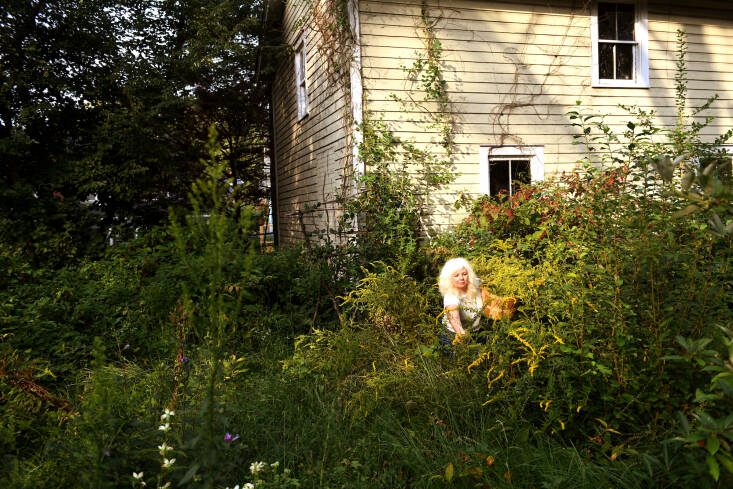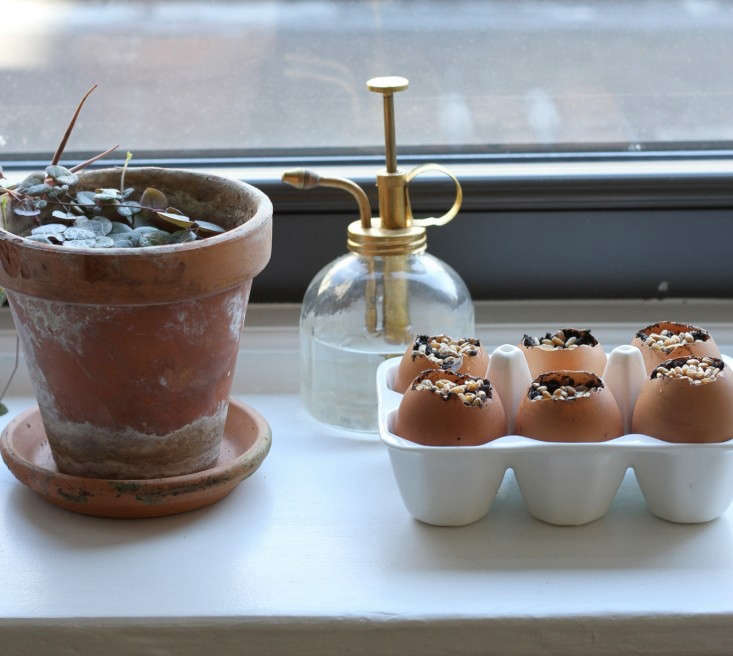Gardeners are acutely attuned to the crises our planet faces: We see the impacts of drought and intense storms firsthand. We notice when fewer monarchs or woodpeckers visit our yards. So it is no surprise that gardeners everywhere are looking for ways to garden more sustainably. We asked five landscape designers and professional gardeners who prioritize the environment to tell us what changes they’d like to see home gardeners make. Wherever you live, the experts all recommend planting native plants and ditching pesticides and other harmful chemicals—two practices we hope you’re already embracing. “Instead of viewing yards as isolated patches of cultivated land, we need to treat them as ecosystems, because biodiversity loss is unprecedented and we are living in an increasingly residential world,” notes Diana Nicole, founder of the ecologically-focused garden design and management firm It Takes a Garden in Los Angeles.
Read on for the rest of the ways you can tweak your gardening routine to reduce waste, improve biodiversity, conserve water, and more.
1. Plant more “super plants.”

2. Get to know your growers.

“Take a page from the local food movement and form relationships with the people who grow and sell plants,” suggests ecological horticulturalist Rebecca McMackin. Supporting local growers is environmentally sound and keeps money and jobs in your local community. “Conversations and even friendships with growers and local sellers can shape their inventory to consumers’ desires: prioritizing local ecotype plants, those grown without systemic insecticides, or even certain sizes and cultivars of your favorites,” she adds.
3. Avoid neonics.

If you care about the environment, you’ve likely already banned the use of insecticides in your garden. Take it a step further: McMackin and other experts we spoke to say that gardeners should purchase only plants grown without insecticides, too. “Pesticides like neonicotinoids work inside a plant, making the plant’s own tissue toxic for insects. Growers use them to keep plants pest-free in the nursery, but they can persist for years in plants and soils,” says McMackin. The best way to avoid these toxins is to ask growers and retailers if the plants were grown without pesticides. “If they can’t say for sure that the plants are safe, you’ve got to do the hardest thing imaginable, and leave those plants on the shelf,” McMackin says.
4. Become your own nursery.

This year, grow it yourself. In addition to propagating plants from cuttings or divisions, get into the habit of collecting seed from plants you’ve grown, says Marissa Angell, a landscape architect based in Brewster, New York. “These practices are doubly beneficial,” she says. “You can replenish your stock for free and it will help you avoid the plastic pots that are standard fare in retail garden centers.” (See Gardening 101: How to Sprout a Seed.)
5. Opt for green mulch.

Ditch the bark mulch: Both Rainer and Angell want you to replace traditional mulch with “green mulch” (aka “living mulch”), such as clonal spreading native groundcovers. “Using ‘green mulch’ to cover bare ground around the base of your taller plants enriches the soil and suppresses weeds,” says Angell. “Plus, traditional shredded bark mulch doesn’t retain moisture as well and can remove nutrients from your soil as it decomposes.” Rainier points to native clonal spreading ground covers like groundsel (Packera sp.), Robin’s plantain (Erigeron pulchellus var. pulchellus ‘Lynnhaven Carpet’), and green and gold (Chrysogonum virginianum var. australe), which are all spring-flowering, shade-tolerant species that grow under other bigger plants.
6. Put down the leaf blower.

“We’re encouraging our clients to leave leaves on the ground because they function as a temperature buffer, moisture regulator, and food and habitat for wildlife and soil organisms,” says Nicole. “The weekly practice of removing leaves from the garden with high powered blowers literally blows away biodiversity and interferes with the natural processes necessary for a native garden to be ecological or biodiverse.” (See The Rake vs the Leaf Blower: Which Is Better?)
7. Add a water source.

“Wildlife habitat is increasingly disappearing and fragmented,” cautions Derek Brandt, principal and founder of Habitat Guild, Inc. in Fort Collins, CO. Plants alone can’t create a complete habitat in your yard, you also need a water source. A shallow bird bath not only gives birds a place to drink but it can also be used by pollinators, including bees and butterflies.
8. Plant some weeds.

Embrace native self-sowers often labeled as “weeds,” to fill empty gaps in your garden, suggests Rainer. “The idea is that if you include native short-lived species that seed freely, then you will be more likely to have these plants pop up in your garden rather than a noxious exotic species.” You can build populations of desirable “weeds;” for example, native petunia (Ruellia humilis), pink evening primrose (Oenothera speciosa), wild columbine (Aquilegia canadensis), Blue mist flower (Conoclinium coelestinum), or Plains coreopsis (Coreopsis tinctoria) are all ecologically valuable self-sowers that will move around in a garden and fill gaps.
See also:
- Global Warming: 10 Gardening Ideas to Counter Climate Change
- Landscaping Ideas: 16 Simple Solutions for Sustainability
- Ask the Expert: Regenerative Organic Gardener Emily Murphy on How to Rewild Your Landscape










Have a Question or Comment About This Post?
Join the conversation